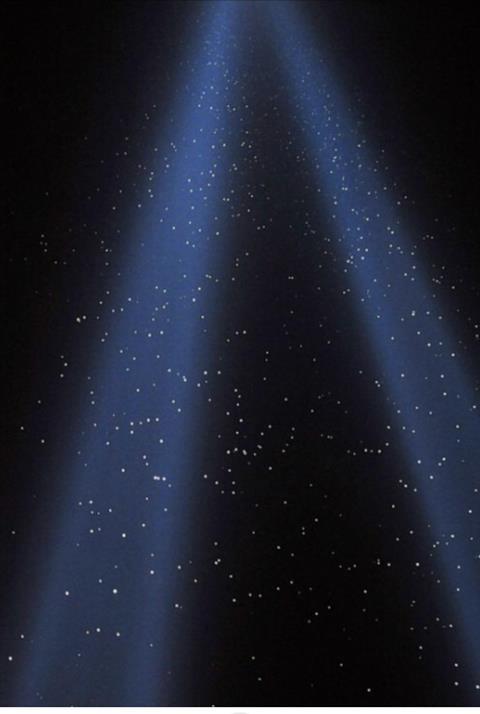Violist Hsin-Yun Huang writes about how acknowledging the ephemerality of music in space and time allows for greater freedom and joy in music-making

To be a creator of sound is like seeking meaning in an imaginary architectural construct. Each creation is unique in that moment of time and space. The paradox of performing within different sets of circumstances while maintaining a consistent artistic voice is a performer’s way of life.
Our artistic truth emanates from within, then finds its way to extend outward. Physical space affects our relationship with the instrument: the concert halls, the collaborations, the acoustics and so on. Think amplified rock concerts that fill a stadium of 20,000 people; the opera houses and symphony halls accommodating 3000 to 5000 people; then chamber music in an intimate space enjoyed by friends and family. Each musical output fills its respective space with its own musical architecture. Typically, a young musician’s practice space comes with relatively dry acoustics – an environment perfectly suited to focused instrumental work. Understanding the necessity in maintaining space and structure is key to what we do. The space within our hands means a rounded space and rounded sound, and accordingly our quest is for comfort in that structure with no tension. However, as we contemplate the larger physical space of the concert stage, then an extraordinary imagination comes into play as we visualise that fantasy stage and attempt to build the bridges between practicing and performing.
Far more interesting is the vast inner mental space which is our whole being, the interconnections of our personhood which come to light through our voices and actions. Part of our job description is to cultivate the depth and scope of this limitless inner space, to stay aware of each of these relationships and to find a balance among them. When there are no perceived ‘walls,’ then we begin to hear and experience music and life with great compassion and love. Only then can we experience true freedom, free of fear, judgment and expectations.
Today’s pace often requires us to fill every waking moment with things to do, facts to remember, people to be with, a constant activity that leaves no space in the mind to breathe. The result can be hectic music-making, noisy, chaotic, with no room in its thoughts for spontaneity. ’Music is the space between the notes,’ declared Claude Debussy. The mind can fill the gaps within that white space, gaps where great imagination and expressivity make a difference, tapping into that centre where time stands still and the sense of space transcends the physical limitation of the moment. It is the very essence of both now and eternity. With no expectations, no worries, the mind is not preoccupied with predetermined thoughts, it is simply open to what is the now. Listening, feeling and expressing become such a joyful process, a reward that is unquantifiable. This is the reward that brings us back to the very act of practicing and performing again and again.
Time is movement, time can be chronological but can also be interpreted as the NOW. What was the past and in the future are not within the confines of what we can do. The British philosopher Alan Watts brilliantly points out ’We are living in a culture entirely hypnotised by the illusion of time, in which the so-called present moment is felt as nothing but an infinitesimal hairline between an all-powerfully causative past and an absorbingly important future. We have no present. Our consciousness is almost completely preoccupied with memory and expectation. We do not realise that there never was, is, nor will be any other experience than present experience. We are therefore out of touch with reality.’ The right actions now will lead to positive nexts. When we accept this idea all of a sudden our jobs can be simplified to just listen and feel. This loving act of engaging with our art patiently in this particular moment of space and time yields incremental changes that will be sustainable and meaningful.
If I could travel back in time, I’d have loved to see how Beethoven might have reacted if he could have heard the modern piano. In a similar but opposite sense, I will remain envious of anyone who is experiencing Stravinsky’s Rite of Spring for the first time. The utter chaos, the inconceivable rhythm and texture, the haunting strangeness of every moment which challenges our ears should bring immense confusion and awe. This is the fearless authenticity each of us strives for in her path towards creation, all the while taking no sound for granted, but allowing an electrifying vitality to embody all senses and render vivid all experiences. In this way we are enabled to construct the most complete musical architecture in this moment of space and time — both inside and outside.
Listen: The Strad Podcast Episode #5: Hsin-Yun Huang’s philosophies on playing and teaching
Read: Opinion: Relaxed body, focused mind










































No comments yet